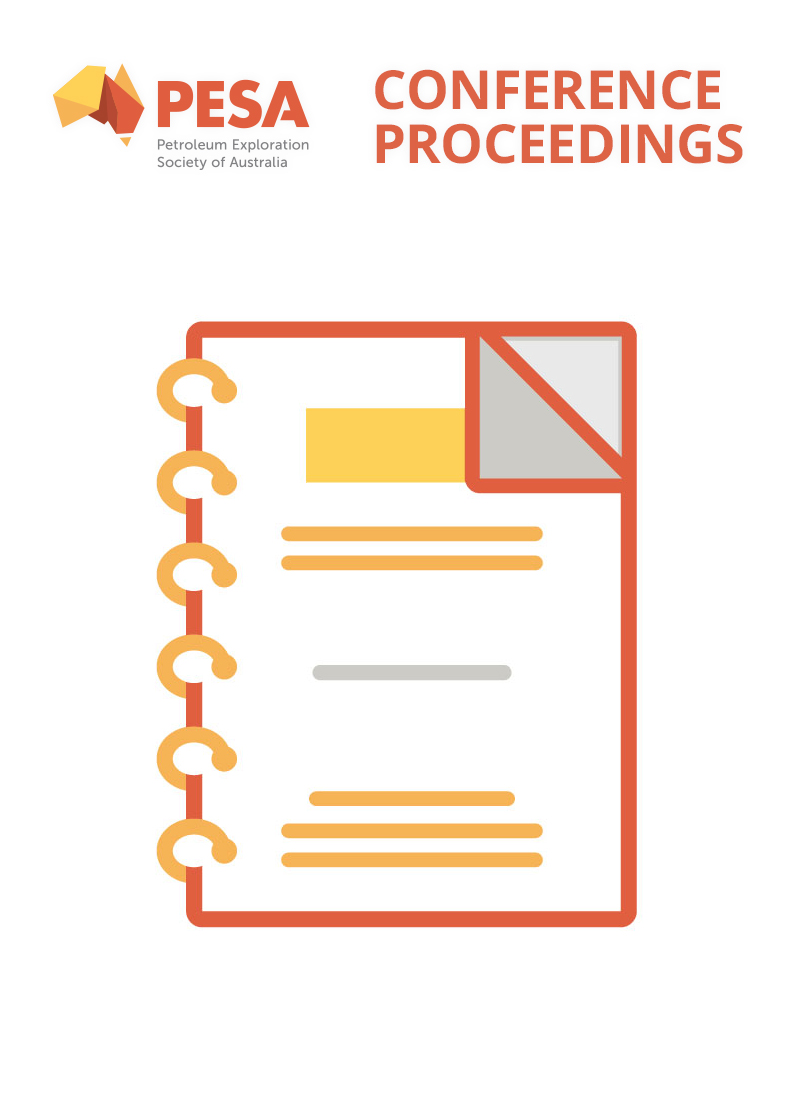Publication Name: Eastern Australian Basins Symposium V (EABS 2015)
Authors: R. Darnault, K. Hill, J.M. Mengus, N. Wilson
Date Published: September 2015
Number of Pages: 6
Abstract:
Seismic data quality is often very poor in structurally complex areas due to complex faulting and severe dip changes. In such settings, it is thus difficult to interpret and understand the influence of basement structures on basin geometries through time, which is essential for the definition of a geological scenario. This is why the influence of these structures on basin evolution is still a matter of controversy. In this context, analogue modeling is a powerful tool to provide geological scenarios considering different hypotheses for the deformation.The results can then be confronted to actual geological data. The Papua New Guinea (PNG) fold belt provides highly relevant data to challenge analogue models when focusing on basement reactivation. Moreover, Oil and Gas industries have key interests in PNG and especially in the onshore folded structures, which are very poorly imaged. Analogue models can help to validate the geological interpretation made on this area.


